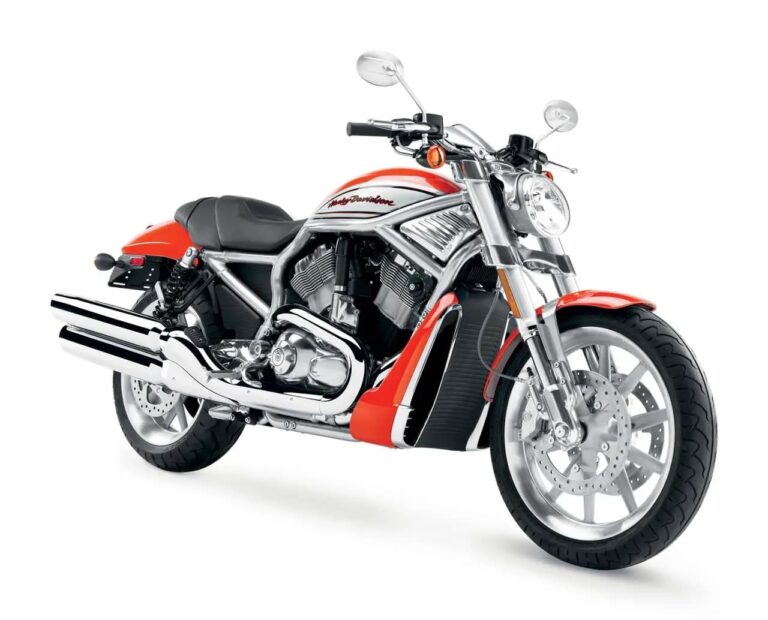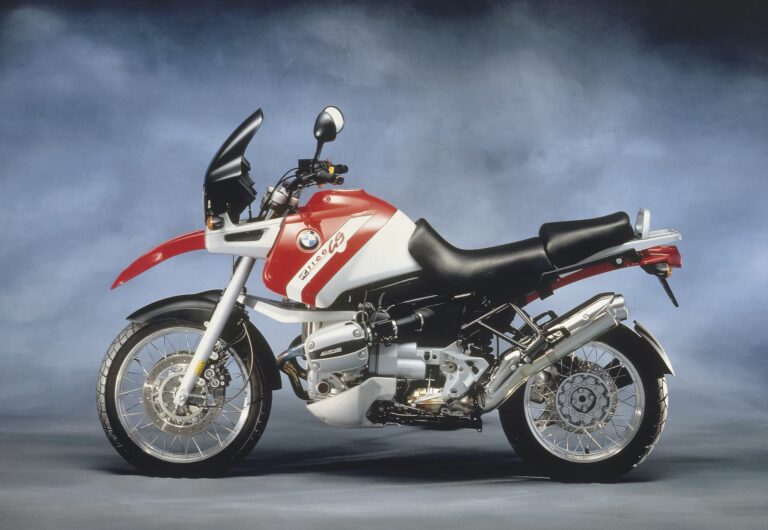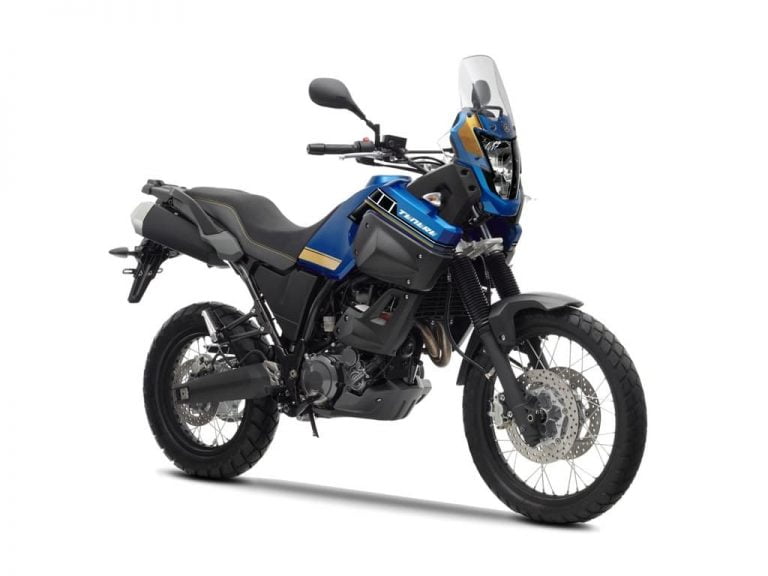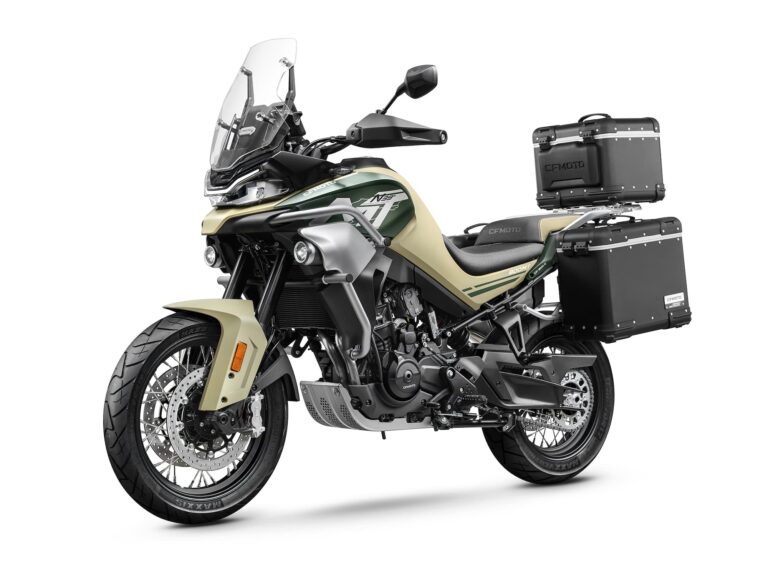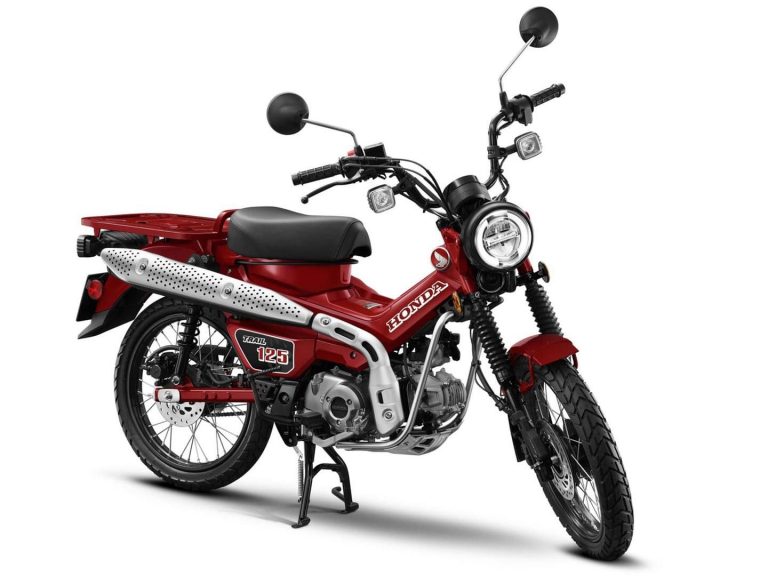Kawasaki Vulcan 500 (2000-2009) Maintenance Schedule and Service Intervals
This is the maintenance schedule with associated service intervals for the 2000-2009 Kawasaki Vulcan 500 and Vulcan 500 LTD.
The Kawasaki Vulcan 500 is a laid-back, modestly powered city cruiser with at its heart a 498cc liquid cooled DOHC parallel twin engine. The engine is paired with a 6-speed transmission and it drives the rear wheel by chain.
The Vulcan 500 was superseded by the fuel-injected and re-styled Kawasaki Vulcan S.
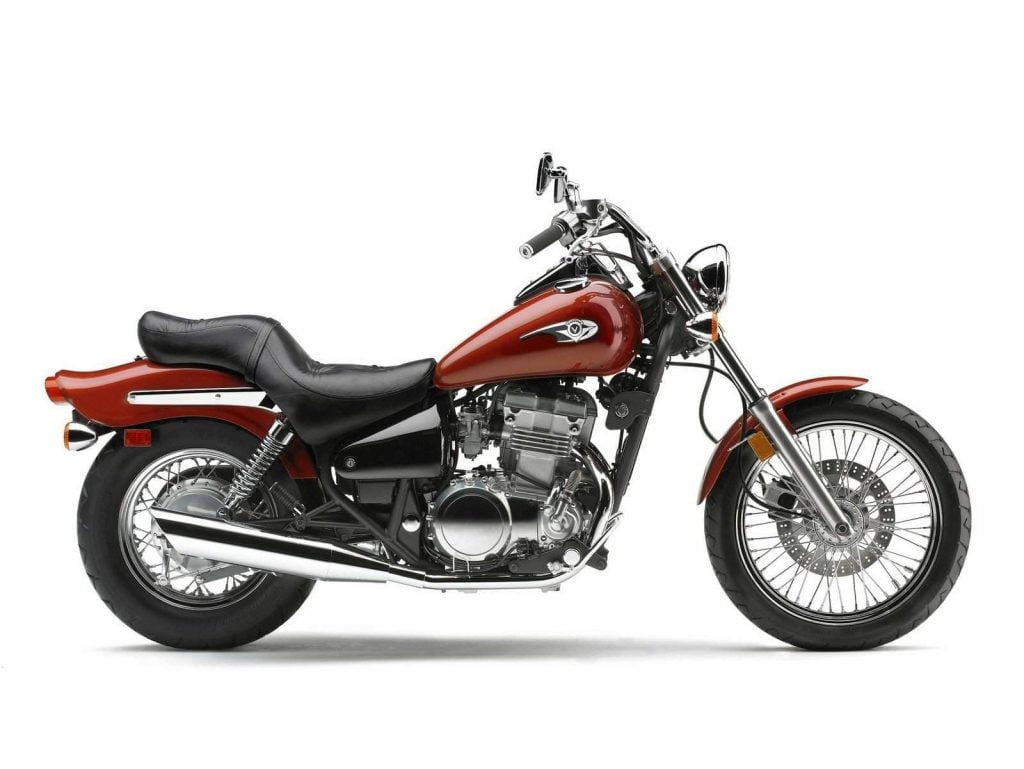
This site has links from which we earn a commission (which unfortunately nobody can save, not even us). If you appreciate this research work, then please use those links. Thanks.
Kawasaki Vulcan 500 Service Intervals
Generally, the Kawasaki Vulcan 500 has 3000 mile or 5000 km service intervals. Every service, check the spark plugs, synch the carbs, and check over the drivetrain, suspension, and chassis for smooth operation.
Every two services, change the oil and filter, and check the valve clearances.
Make sure you keep the air cleaner clean (or replaced as necessary), the brake fluid fresh, and the chain in good condition.
Maintenance Schedule for the Kawasaki Vulcan 500
Below is the maintenance schedule for the Kawasaki Vulcan 500.
The following is the list of maintenance operations and to be done on this motorcycle with a time or distance interval — whichever comes earlier.
Notes
- For items marked “check” or similar — repair or replace as necessary.
- Keep following the schedule in the pattern shown
| mi x 1000 | 3 | 6 | 9 | 12 | 15 | 18 | |
|---|---|---|---|---|---|---|---|
| km x 1000 | 5 | 10 | 15 | 20 | 25 | 30 | Every |
| Engine oil — change | ✓ | ✓ | ✓ | Year | |||
| Oil filter — replace | ✓ | ✓ | ✓ | ||||
| Spark plugs — clean and gap | ✓ | ✓ | ✓ | ✓ | ✓ | ✓ | |
| Valve clearance — check | ✓ | ✓ | ✓ | ||||
| Air cleaner element — clean | ✓ | ✓ | ✓ | More often if riding in rain / dust | |||
| Air cleaner element — replace | ✓ | 5 cleanings | |||||
| Carburetor synchronization — check | ✓ | ✓ | ✓ | ✓ | ✓ | ✓ | |
| Idle speed — adjust | ✓ | ✓ | ✓ | ✓ | ✓ | ✓ | |
| Throttle grip play — check | ✓ | ✓ | ✓ | ||||
| Air suction valve — check | ✓ | ✓ | ✓ | ✓ | ✓ | ✓ | |
| Fuel system — check | ✓ | ✓ | ✓ | ||||
| Evaporative emission control system (if fitted) — check | ✓ | ✓ | ✓ | ✓ | ✓ | ✓ | |
| Battery electrolyte level — check | ✓ | ✓ | ✓ | ✓ | ✓ | ✓ | month |
| Brake play — check | ✓ | ✓ | ✓ | ✓ | ✓ | ✓ | |
| Brake light switch — check | ✓ | ✓ | ✓ | ✓ | ✓ | ✓ | |
| Brake lining or pad wear — check | ✓ | ✓ | ✓ | ✓ | ✓ | ✓ | |
| Brake fluid level — check | ✓ | ✓ | ✓ | ✓ | ✓ | ✓ | month |
| Brake fluid — change | ✓ | 2 years | |||||
| Clutch — adjust | ✓ | ✓ | ✓ | ✓ | ✓ | ✓ | |
| Steering — check | ✓ | ✓ | ✓ | ✓ | ✓ | ✓ | |
| Drive chain wear — check | ✓ | ✓ | ✓ | ✓ | ✓ | ✓ | |
| Nuts, bolts, and fasteners tightness — check | ✓ | ✓ | ✓ | ||||
| Spoke tightness and rim runout — check | ✓ | ✓ | ✓ | ✓ | ✓ | ✓ | |
| Tire wear — check | ✓ | ✓ | ✓ | ✓ | ✓ | ✓ | |
| General Lubrication — perform | ✓ | ✓ | ✓ | ✓ | ✓ | ✓ | |
| Front fork oil — change | ✓ | ||||||
| Swingarm pivot — lubricate | ✓ | ✓ | ✓ | ||||
| Brake camshaft — lubricate | ✓ | 2 years | |||||
| Coolant — change | ✓ | 2 years | |||||
| Radiator hoses, connections — check | ✓ | ✓ | ✓ | year | |||
| Steering stem bearing — lubricate | ✓ | 2 years | |||||
| Master cylinder cup and dust seal — replace | 2 years | ||||||
| Caliper piston seal and dust seal — replace | 2 years | ||||||
| Brake cable — replace | 2 years | ||||||
| Brake hose — replace | 4 years | ||||||
| Fuel hose — replace | 4 years | ||||||
| Drive chain — lubricate | 400 mi / 600 km | ||||||
| Dive chain slack—check | 600 mi / 1000 km |
Tyre size and tyre pressure for the Kawasaki Vulcan 500
The Kawasaki Vulcan 500 has the following tyres and tyre sizes standard:
| Wheel | Tire size | Tire pressure |
|---|---|---|
| Front | 100/90-19M/C 57S | 200 kPa/28 psi |
| Rear | 140/90-15M/C 70S | 225 kPa/32 psi |
About the Kawasaki Vulcan 500
The Vulcan 500 is a simple cruiser powered by a 498cc, liquid-cooled, four-stroke, DOHC, eight-valve parallel twin-engine.
Like the modern Vulcan S, a well-known cruiser that shares a platform with the Kawasaki Ninja 650, the Vulcan S is not about drag strip bragging rights nor all-out torque, but is more for clean, cool fun with a dead reliable engine.
The Vulcan 900 has a parallel twin engine, but there’s a lot about it that’s authentic in “cruiser” style.
The front fender is cut back and lean, and wrapped around a 19-inch front wheel. The handlebars are somewhere between flat-style and pullback-style, and the comfy seat means that both the rider and a potential pillion will be in comfort.
Like on many cruisers, the teardrop tank has a speedometer on it.
The engine on the Vulcan 500 is no slouch, either.
The fuelling by a 32mm semi-flat slide carb gives the Vulcan 500 quick throttle response, precise fuelling, and uniform power delivery.
The engine has an automatic cam chain tensioner which means timing doesn’t need maintenance. And a gear-driven balancer reduces engine vibration for a super-smooth ride.
Manual for the Kawasaki Vulcan 500
The above maintenance schedule comes directly from the user’s manual for the 2009 Kawasaki Vulcan 500 LTD, which is available here.

